In the last couple of years, I recently took part in bird races with very experienced birdwatchers. With those experienced experts it was rather relaxed, I could enjoy the birds and go by the others’ steering. For this year I tried to convince friends in the fall to register as a team. Both friends have enjoyed birdwatching in their leisure time for many years, but are not very active in the birding scene and never joined a bird race.
Both friends were quickly attracted to the idea, but had many questions to understand how the way it works. Do we count the number of birds we will see? No, it is only about the different species. What do we call our team? We had funny ideas with German word games that reminded us of drinks and had dialect variations – like many others. But in the end we decided for a more serious version. We had been travelling to work with the fast train to Basel in Switzerland every day for years. Once I had seen a Black Stork on this trip through the train’s window, directly beside the tracks on the field. But the other two had not been with me that day. It became our “bird of longing”, which we wanted to see again, but never did. So we called the team “Ciconia nigra”.
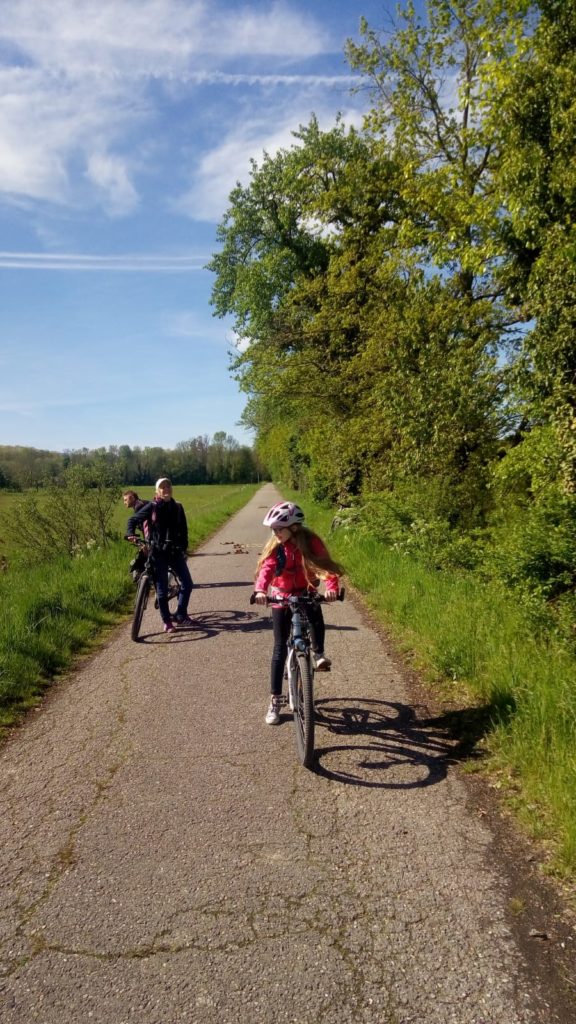
We knew we would not be part of the serious competition, and would do this just for fun. But the engineer among the two wanted a detailed plan four weeks in advance. I convinced him to wait until a couple of days before. Shortly before the day X, one friend of our team had a positive Corona rapid test. We still discussed about if we will cycle, just walk and take the train and where the best spots would be according to the platform www.ornitho.de, which the bird race collected money for. But it was clear, that until he received the result of the official test, he was in quarantine. The result was negative, but first came during the Saturday. So he had to take part from his garden. Myself, on the other side, had a problem with my ten-year-old daughter. I could not leave her at home. So, I asked her to join us. After all we welcome more female birdwatching friends and family. She was very passionate about the idea and got up 03:30 in the morning to take the first train to Freiburg. Also, the wife of the one friend took part in the morning. So, it was new grounds for most of the team.
The train was late as often it is in Germany and we were already behind our timetable, before we even started. As we were so keen on starting we forgot the sun lotion. We started in a residential area and the woods directly beside it. There we could check in all typical settlement birds, the Egyptian Goose, the Spotted Woodpecker and the Blackcap. Then we took our bikes to the next bird protection area and the lakes of Freiburg. There we met many other teams, who all saw the Red-backed Shrike – except us. We checked all posts and trees – but without any result.
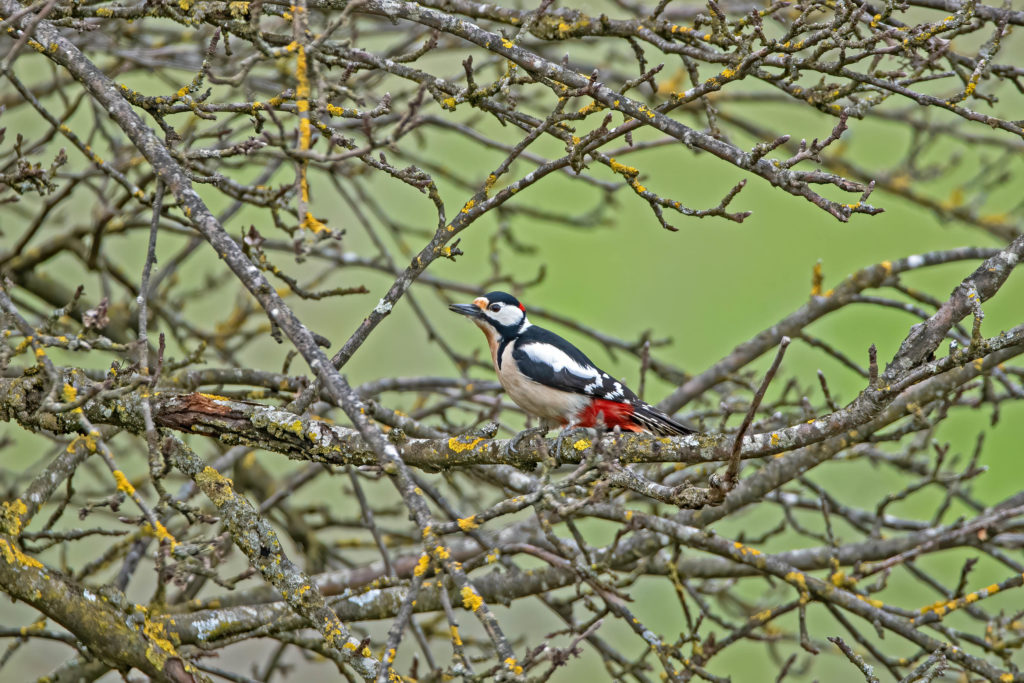
Spotted Woodpecker 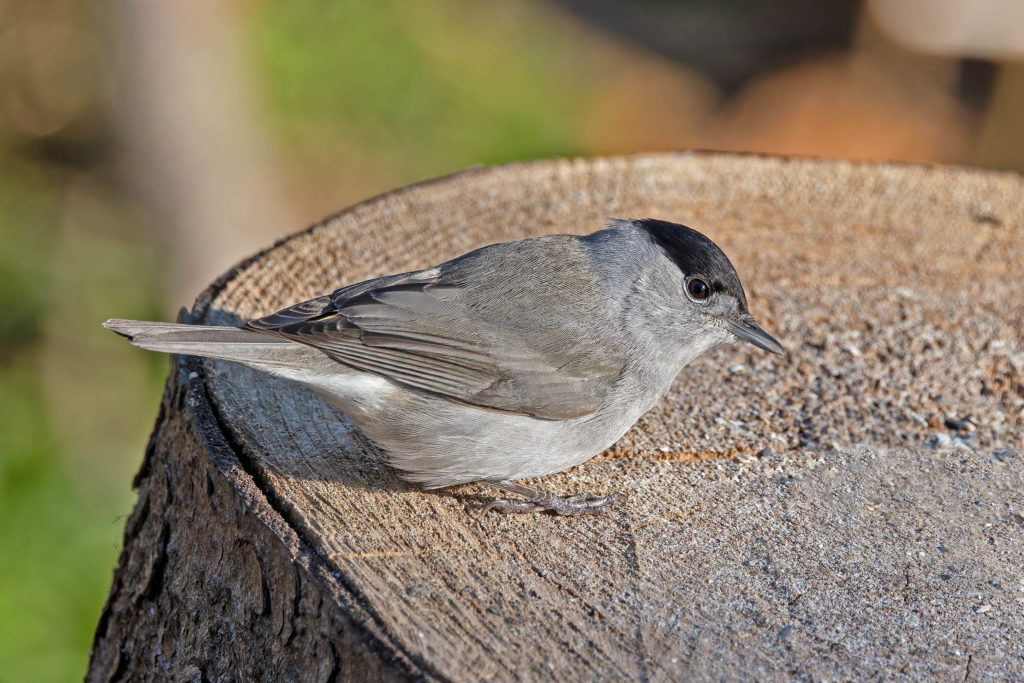
Blackcap
At least we saw a Yellowhammer and a Black Kite. The lakes were disillusioning – nothing there except mallard ducks and Eurasian Coot. In the students‘ area there was a lake with lots of different ducks while I was observing. But also there, more people than birds – but we saw a Great Crested Grebe.
We cycled through the way, named after the founder of the German Club for Bird Protection, Lina Hähnle as an honor and to get the next train to the “Kaiserstuhl”, hills with loess soil. The child was so tired that we missed the train and had to wait for the next one. While waiting and eating we were lucky to watch a tree creeper and a Black Redstart directly beside us in the tree.
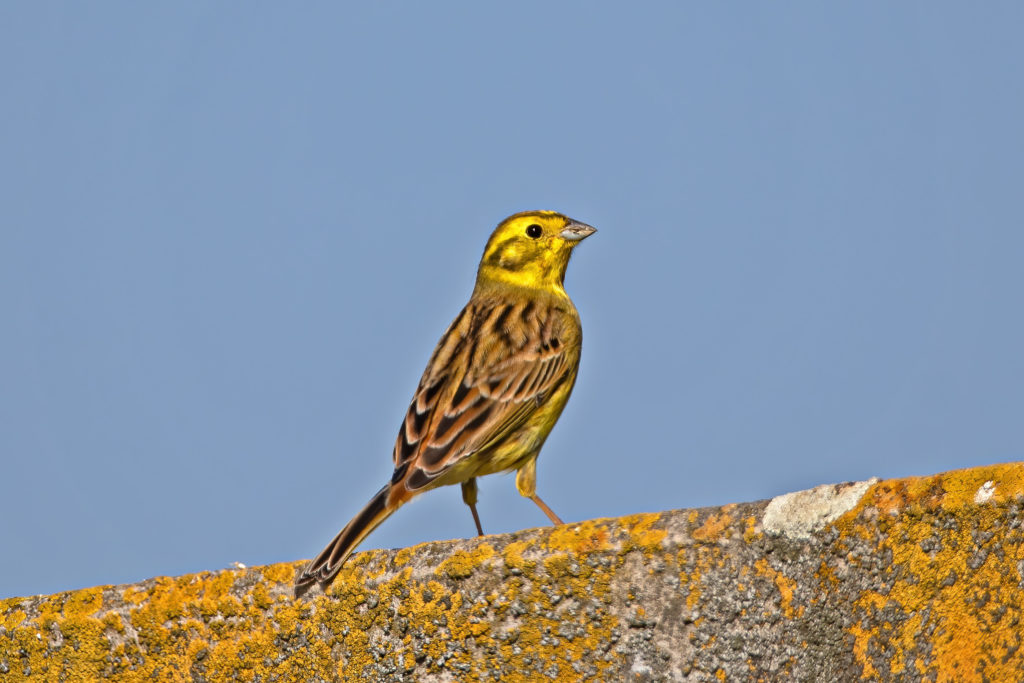
Yellowhammer 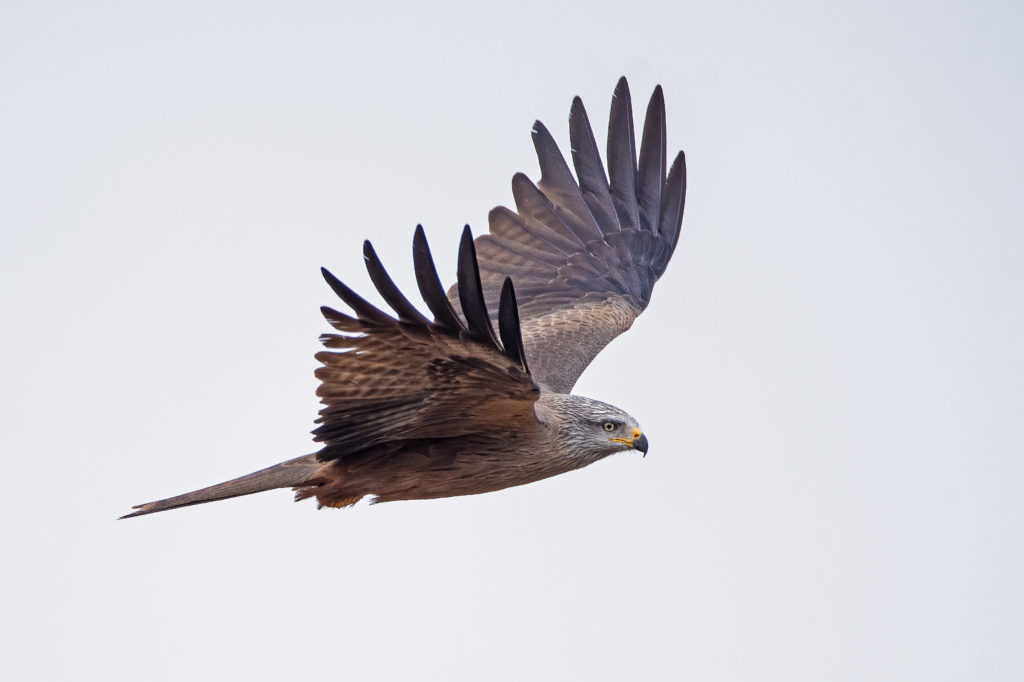
Black Kite
At the Kaiserstuhl we needed lots of patience. First, we just discovered House Martins, Wood Pigeons and a Song Thrush. But after a while we got a Stonechat, a Kestrel and an Eurasian Hoopoe in front of our optics. On the way back, we found what we were here for: Bee-eaters and as an addition a Common Linnet. At the beginning it was only the child who always asked me if I really had noted the species, but it was now also my friend, who checked me. The competitive spirit was enormous. After an ice-cream we cycled to the next village at the Rhine and the border to France, where we saw Great Cormorants, Barn Swallows and Mute Swans. The Feral Pigeons were on the French side of the Rhine and we discussed if they still count. But anyhow, there were enough on the German side as well – like everywhere.
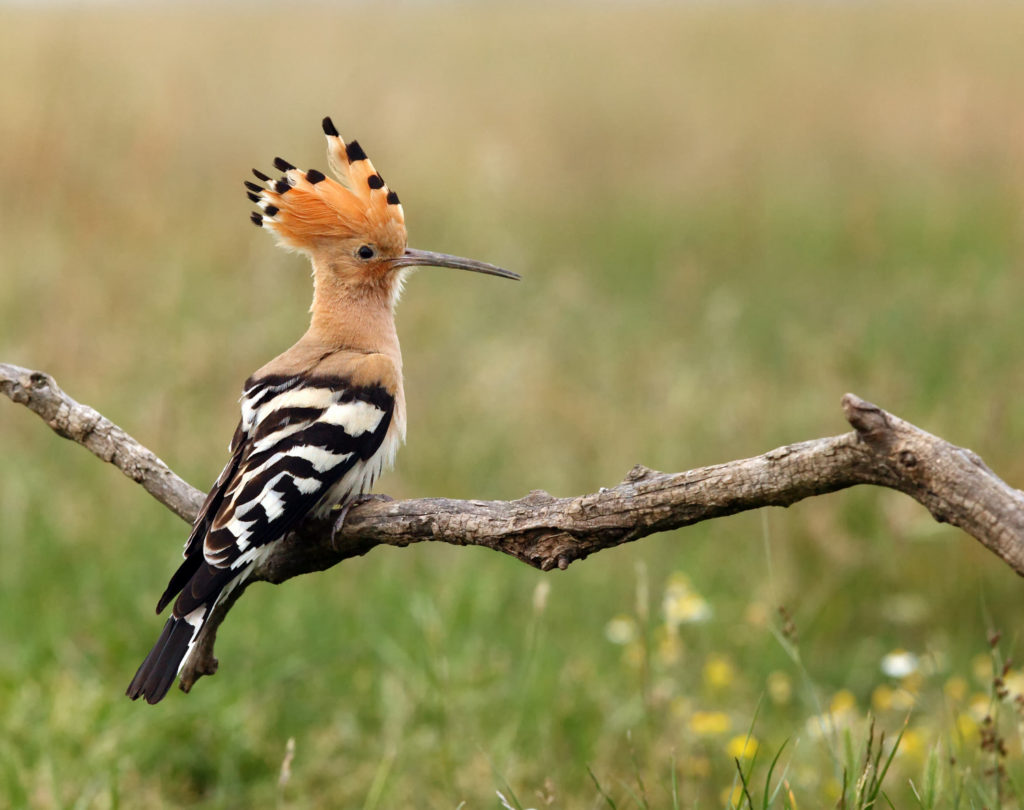
Hoopoe 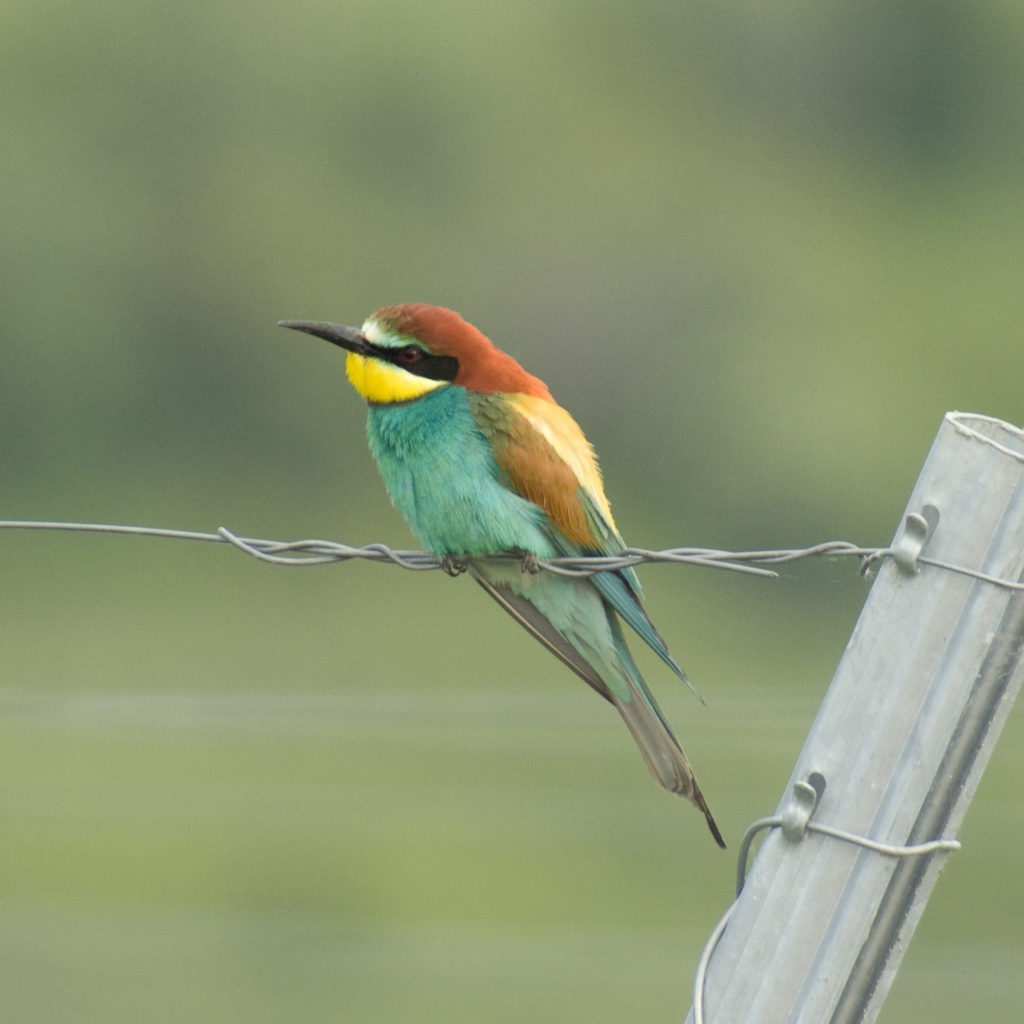
Bee-eater
Our friend in his quarantine garden saw a Red Kite, an Eurasian Jay and Long-tailed tits. At the end of the race we had 47 species. The child had the goal of 50 for her first bird race. We checked all fields on the train back home in the night, but it was already too dark. In the end we placed 579 of 676 teams. But we managed to celebrate this as a day of bird species variety. We were all very happy and tired in the evening and looked like Common Rosefinches. In my teenage years we recognized birdwatchers by the very thin line in the neck – from the leather strap of the binoculars. I was very happy about the new straps of the ZEISS Victory SF. So far I thought they are just more comfortable, but they also help as sun protection. I now have a broad, white line in my neck.
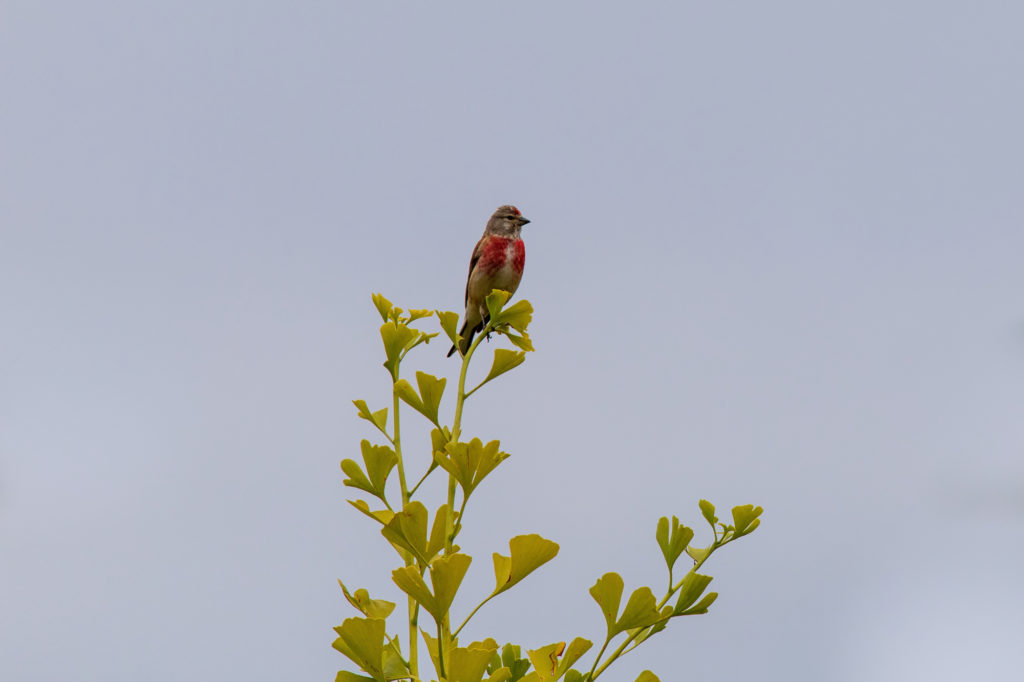
Common Linnet 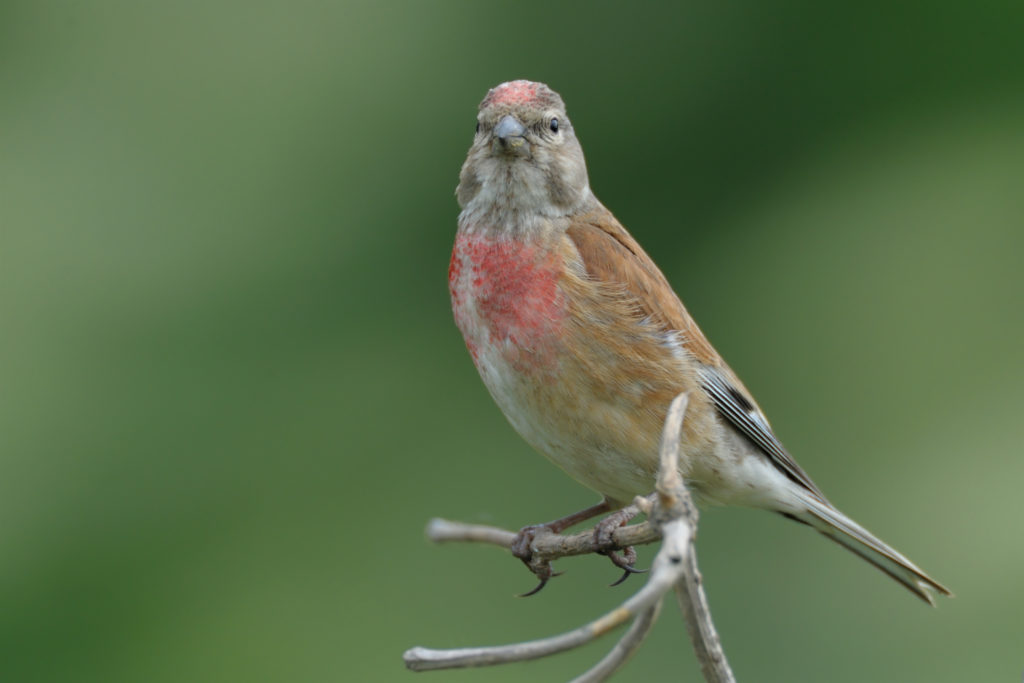
We have learned a lot for next year: We will not forget sun cream and we will choose lakes where there are more ducks than people. And we will adapt the pace to the slowest person in the team, as our sports’ person always was nearly gone and everyone else had to struggle to keep up. Anyhow, the first bird race will be a strong memory not only for my ten-year-old daughter but also for the grown-ups. This special excitement and impressions of the first time will stay unique. For my kids I think about a weekly family bird race as they hardly are prepared for so much activity in one day usually.
The DDA also reported very successfully on its Birdrace, as records tumbled during the Day of Species Diversity:
The Birdrace 2021 exceeded all expectations: More than 2600 people in over 900 teams had registered and participated – as many as never before! But not only that: Also pretty much all other previous Birdrace records were eclipsed. As of 12.05., 330 different bird species were discovered, including some surprises. In the district of Nordfriesland the Birdracers found 209 species together. The possibility of joining virtual teams over large distances enabled a team of five to find 200 species in North Rhine-Westphalia, Lower Saxony and Helgoland. An impressive 166 species were discovered by individuals in Havelland in Brandenburg.
A new record was also reached in the donation race: more than 60,000 euros in favor of ornitho.de and ornitho.lu are overwhelming! Christopher König, ornitho supervisor and co-organizer of the DDA Birdrace, was also joining on his bike. The ZEISS Harpia 95 spotting scope was cycling with him. He reports enthusiastically:
“I was immediately very positively surprised at how quickly you can get the right viewing area, and thus immediately capture flying birds in the sky. Even when observing at dusk, the large lens diameter is very noticeable and you still have a clear view for a long time.”
Christopher König